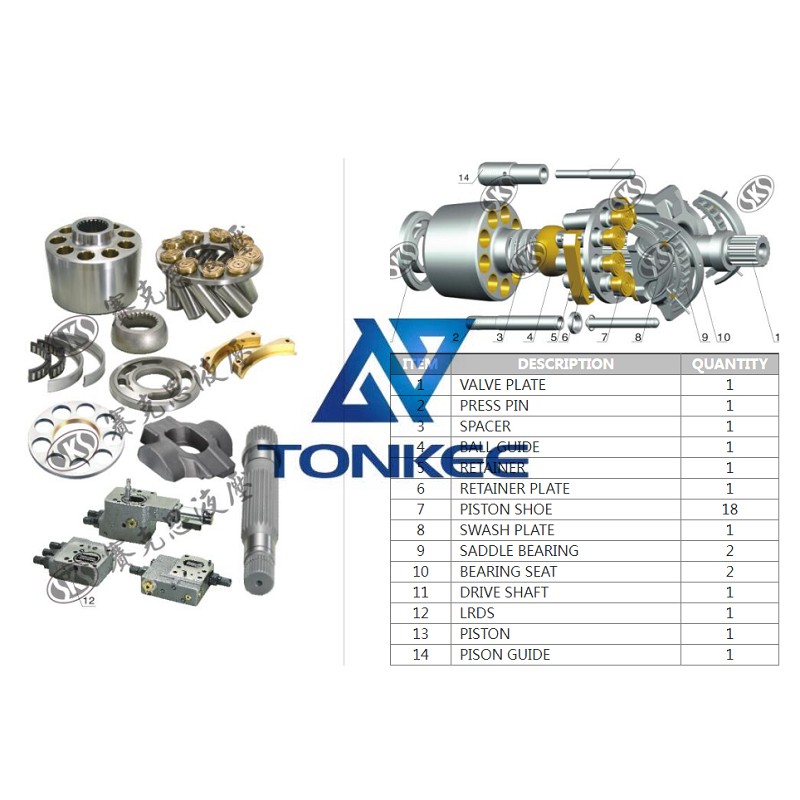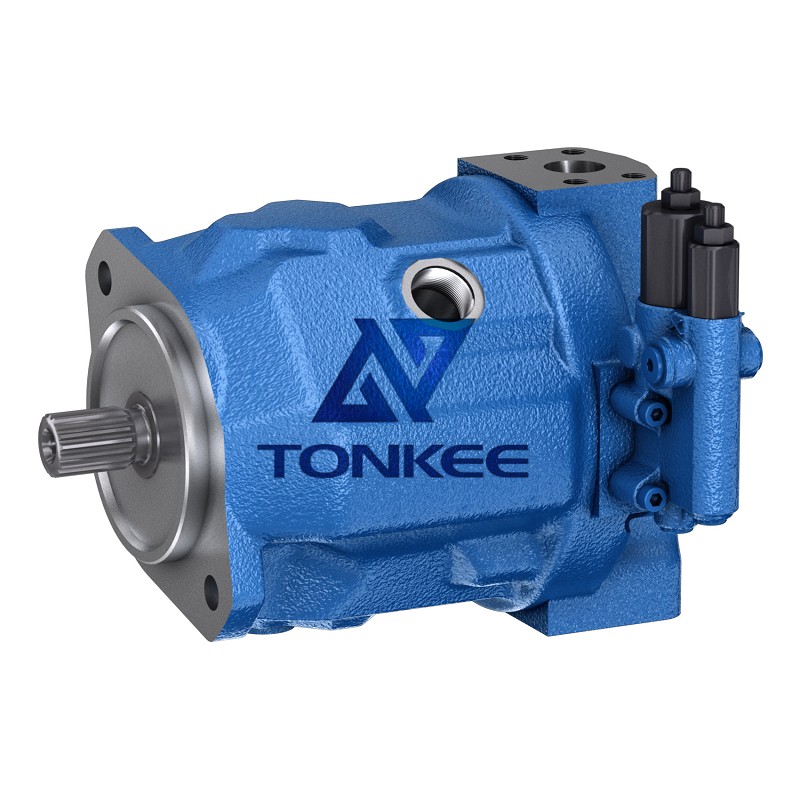
The A11VG35 piston shoe is meticulously engineered to meet the high demands of hydraulic pumps.
It is made from high-quality materials, ensuring durability and longevity even in challenging operating conditions. The piston shoe is precisely machined to tight tolerances, guaranteeing optimal fit and performance within the hydraulic pump.
One of the primary functions of the A11VG35 piston shoe is to transfer the hydraulic pressure generated by the pump to the pistons. The piston shoe moves in a reciprocating motion, which pushes the pistons forward, thereby creating the necessary pressure to move fluid through the hydraulic system. The efficient transfer of pressure is crucial for the overall performance and productivity of the hydraulic pump.
The A11VG35 piston shoe offers several notable features that enhance its functionality. It incorporates advanced sealing technology, ensuring a tight and leak-free connection between the piston shoe and the pistons. This promotes efficient energy transfer and prevents fluid loss, optimizing the pump's performance and reducing downtime.
Furthermore, the A11VG35 piston shoe is designed to reduce friction and wear.
It features a special surface treatment that minimizes frictional resistance during operation, leading to improved efficiency and extended service life. The reduced wear also contributes to lower maintenance costs and enhances the overall reliability of the hydraulic pump.
Another significant advantage of the A11VG35 piston shoe is its compatibility with a wide range of hydraulic fluids. It can effectively operate with various types of hydraulic oils, including mineral-based, synthetic, and biodegradable fluids. This versatility allows for greater flexibility in choosing the most suitable hydraulic fluid for specific applications.
Moreover, the A11VG35 piston shoe is designed for easy installation and replacement. Its precise dimensions and standardized design ensure seamless integration with compatible hydraulic pumps. This simplifies maintenance and reduces downtime during repairs or component replacements, maximizing productivity and minimizing operational disruptions.





 English
English português
português Русский язык
Русский язык










